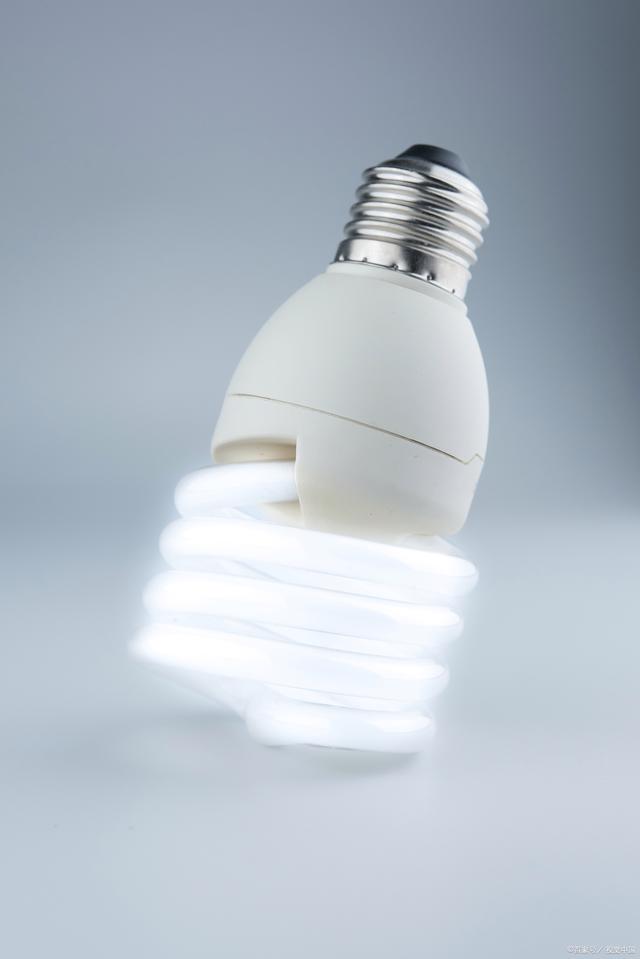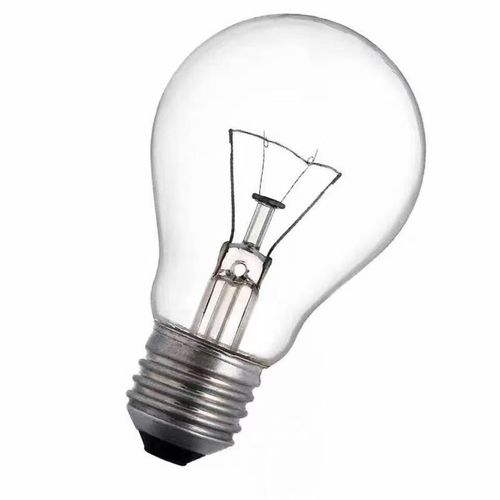Do you remember the Energy Independence and Security Act of 2007? To reduce energy consumption in the United States, this law restricted the use of certain sizes of inefficient incandescent light bulbs. There seems to be a lot of confusion about this new law and what it means for ordinary consumers like you and me.
Just to clarify:
No, you will not be fined or jailed if you still use these bulbs after December 31, 2011.
No, you do not have to replace all the lamps and lighting fixtures in your home.
No, you are not forced to switch to fluorescent bulbs.
No, the government is not banning all incandescent light bulbs.
But you will definitely notice some changes and will have to make adjustments. If you know all the facts and understand why the changes are happening, you will understand what will happen when your old bulb burns out and needs a new one.

Q: Why did they choose to use incandescent bulbs?
A: The light bulb we are most familiar with—the traditional incandescent bulb—is far less energy efficient than other types of bulbs. It uses only 10% of the electricity it uses to produce light; the rest is converted into heat. If you know that building lighting accounts for approximately 14% of total electricity consumption, you can understand why this new law singles out building lighting as one of the areas where energy efficiency improvements and reduced reliance on foreign energy are needed.
Q: Does this mean all incandescent bulbs are banned?
A: No. The regulation applies only to pear-shaped, medium-base screw-in bulbs, which fit most standard lamps and lighting fixtures, and only affects 40-, 60-, 75-, and 100-watt bulbs.
Q: When will the changes occur?
A: These changes will occur over time, but will begin with the phase-out of 100-watt bulbs on January 1, 2012, followed by 75-watt bulbs a year later, and 60- and 40-watt bulbs on January 1, 2014.
It's important to understand that the government is not banning these bulbs. The new law will limit the amount of energy a bulb needs to produce a certain amount of light.
Q: What does this mean for you and me?
A: This is a brief introduction to the light bulb primer. We're used to measuring light bulbs in watts (a unit of electricity consumption), but this isn't an accurate measure. The elimination of incandescent bulbs highlights the fact that watts aren't a measure of brightness, but rather energy. Lumens are the correct measure of light bulb brightness.
A 100-watt bulb used 100 watts of electricity to produce 1,600 lumens. Under the new standard, bulbs must consume no more than 72 watts to produce the same amount of light.
Q: This all sounds incredibly complicated. How can we know what to buy when we buy a light bulb?
A: By the middle of this year, light bulb packaging will be required to include a lighting information label to help consumers choose a bulb. This will be very similar to the nutrition facts labels we currently see on food packaging.
The label will show the number of lumens produced by the bulb, the amount of electricity used, and the number of lumens per watt (a measure of bulb efficiency). It will also indicate the warmth or coolness of the light and the true color of the light. If the bulb contains mercury, this will also be noted on the label.
Eventually, we'll all be accustomed to choosing light bulbs in lumens. For your convenience, here's a quick conversion guide from the Department of Energy.

Replace a 100-watt incandescent bulb with a bulb that's about 1,600 lumens.
Replace a 75-watt bulb with a bulb that's about 1,100 lumens.
Replace a 60-watt bulb with a bulb that's about 800 lumens.
Replace a 40-watt bulb with a bulb that's about 450 lumens.
Q: Will the new bulb fit my old fixtures and bulbs?
A: In most cases, yes. There are three main types of energy-saving light bulbs: compact fluorescent lamps (CFLs), halogen incandescent lamps, and LEDs. Most have the same screw-type base size as our old incandescent bulbs. Be sure to check the dimensions of your old bulb, as some may be larger or smaller.
Q: Aren't these bulbs more expensive?
A: Yes. But they cost much less to operate. According to the U.S. Department of Energy, the annual operating cost of an old bulb is about $4.80. A high-quality compact fluorescent bulb costs about $1.20, a halogen incandescent bulb costs $3.50, and a high-quality LED bulb costs $1.00. You can save even more with LED and CFL bulbs because you don't have to replace them as often. The U.S. Department of Energy says compact fluorescent bulbs last about 10 times longer than older incandescent bulbs, while LED bulbs can last up to 25% longer. Manufacturers are working to improve the efficiency of bulbs, and over time, their prices will decrease.
Hopefully, this information will give you a clearer understanding of the impact of the new regulations. Now that you understand the specifics of the new regulations, choosing a bulb will be easier. Stay tuned; as new bulbs are developed, we'll provide more information to help you navigate these changes.


